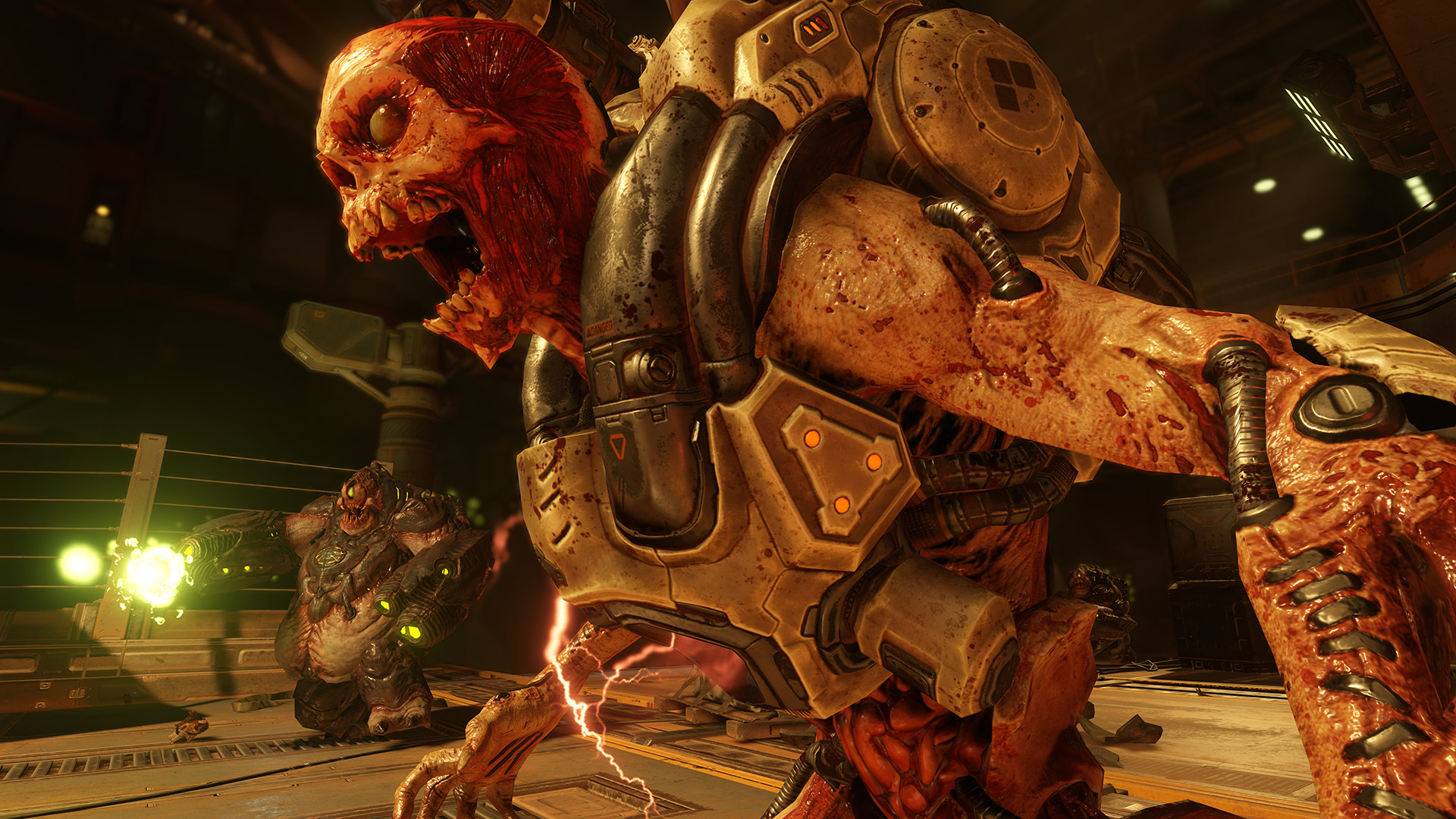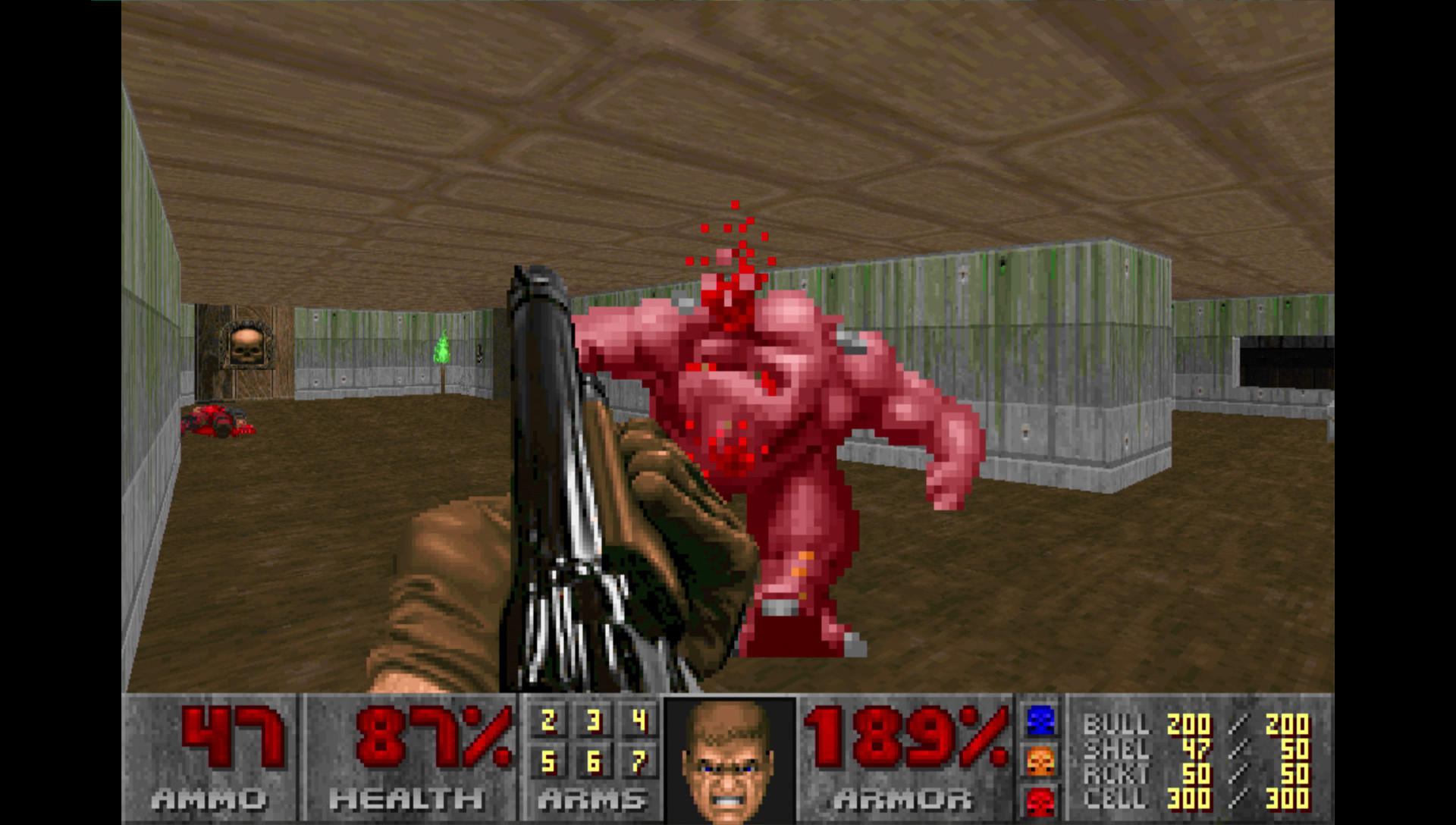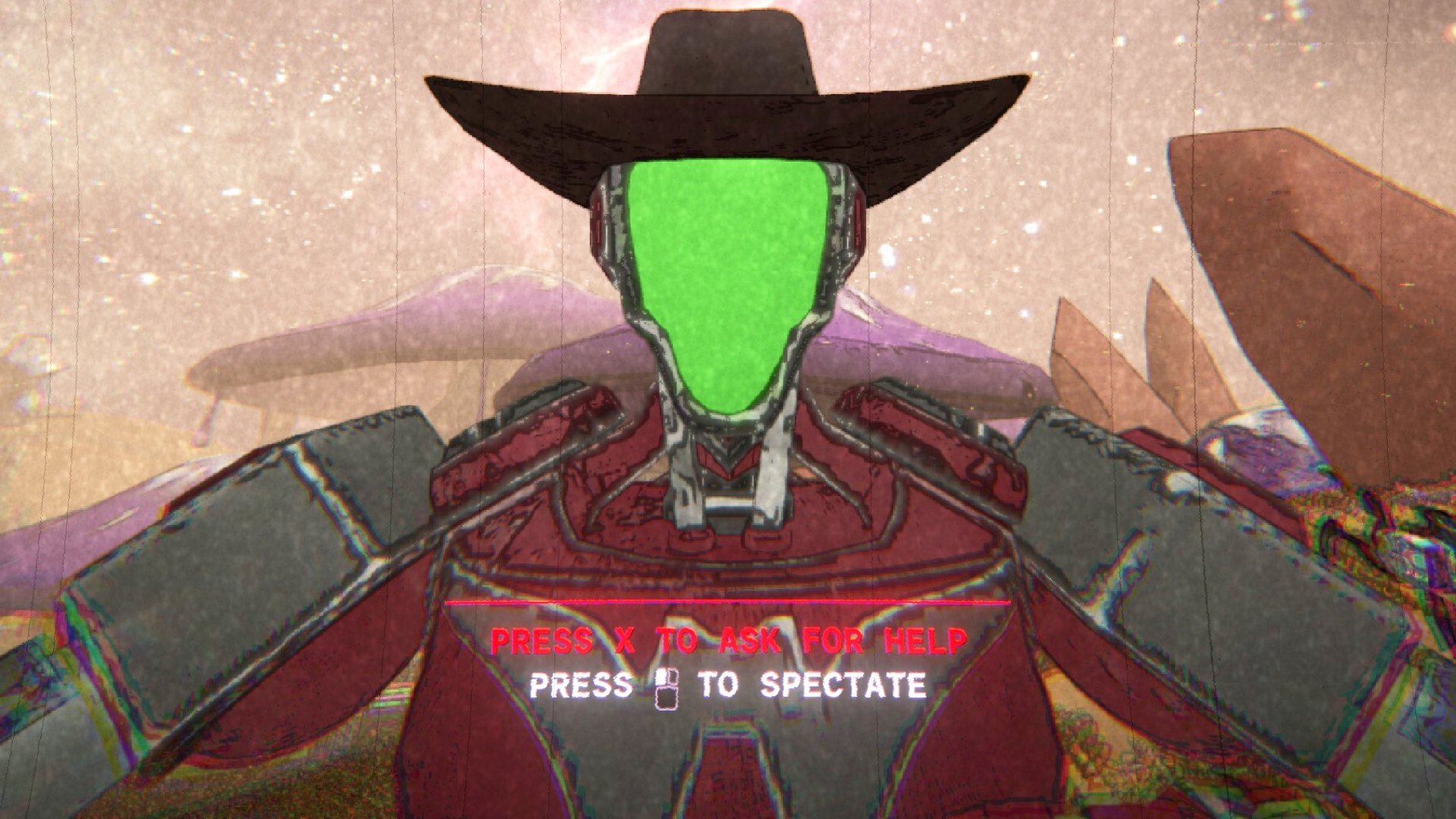How id Software reclaimed its history by losing its leaders
Some egos had to be shed.


This article first appeared in PC Gamer magazine issue 352 in January 2021, as part of our ‘DNA Tracing’ series, where every month we delve into the lineages behind iconic games and studios.
In the early days, id Software was all about ego. It wasn't unique in that regard: like practically all of its contemporaries, id was founded by kids of the late '70s and early '80s, for whom game development had started as a bedroom hobby. Without university courses or internships, theirs had been a self-directed education—driven by the thrill of getting light to move across a screen.
Knowledge was shared, through computer clubs and magazines, but games of the time were not made through teamwork—instead they were the godlike act of an individual typing the most efficient, creative and accurate code into an Apple II keyboard.
Thanks to the accessibility and simplicity of the tech, John Romero had developed dozens of published games before working on Wolfenstein 3D. His story was no exception—id's other founding members, John Carmack, Adrian Carmack (no relation) and Tom Hall, had each spent their most formative decade in self-imposed solitary confinement, programming game after game.
It's no surprise, then, that this history seeped into the culture of the studio. Though id Software worked together to create Wolfenstein 3D, Doom and Quake, its process wasn't exactly collaborative by today's standards. In the beginning, John Carmack would work solo to develop the next innovation in 3D graphics and AI. Then Romero and his fellow designers would build stages alone, placing every door, light and monster by hand.
Single player
That autonomy defines the flavour of early id games: every level has an author, and reflects their personalities. While Romero favoured firepower and flow, you could tell a Sandy Petersen creation by its scant resources and Lovecraftian horror. Throughout, the tricks and secrets of a Doom level ensured you felt the presence of its designer.
But that individualism had its downsides. Communication broke down within id as the team burned out on the protracted development of Quake. Romero left to form Ion Storm, and the remaining founders never seemed to rebuild their rapport. Working in separate offices, they made Quake 3 as a multiplayer-only game—allowing them to effectively work together, but apart.
Romero had quit over frustration with John Carmack's belief that tech should come first, not play. And in the Doom designer's absence, that approach came to shape the company, for good and ill. With nobody left to challenge and redirect Carmack's focus, the id releases of this middle period were showcases for his genius—moreso than they were enjoyable shooters.
Keep up to date with the most important stories and the best deals, as picked by the PC Gamer team.
Doom 3 doubled down on the potential for horror Petersen had discovered, and boasted some bold design touches—namely the controversial flashlight that required you to put away your weapon in order to clear the corners of its Mars research facility. But its slower pace and cramped corridors prioritised Carmack's distinctive stencil shadowing over fun. For a year or two, Doom 3 screenshots were inescapable in the pages of this magazine, and promised an impossibly moody future for PC gaming that was undeniably exciting. But inevitably, the graphics have faded, and the game's shadow doesn't loom quite so large these days.

All-seeing eye
The problem became more profound by the time Rage launched in 2011. For id's ambitious Mad Max tribute, Carmack invented a texture streaming system that would enable every surface in the game to look unique—but players without high-end hardware understandably complained when textures failed to load in on time, compromising the complete first-person immersion that had once made Doom so alluring.
When Carmack ultimately left to head up technology at Oculus—pursuing the same holodeck dream that had powered his obsession with 3D engines in the '90s—it turned out to be a mercy. With the last big ego out of the building, id was finally free to remould itself as a collaborative studio for the modern age—where triple-A shooters are made by teams of hundreds, not individuals.
Doom 2016 was the result of that soul-searching: a rebirth which reclaimed the speed and ferocity of Romero-era id, yet freed itself from the compulsion to push technology forward. The new Doom looked good, of course, but it had no headline innovation that might sell new graphics cards. Instead, the genius was all design: the way id reimagined the combat arena as a spinning whirlpool, with you right in the centre, fighting to keep your head above water. Eternal only went further, turning Doom into a constant fight for resources, in which enemies were as much food as they were foe. Where once id was accused of creating dumb fun, it now asked for mind-frying concentration.

Raw fury
The game that exemplifies contemporary id Software is one not entirely its own. For Rage 2, the company relinquished day-to-day development duties to Avalanche Studios, the Just Cause developer which simply had the better technology for making open worlds—an admission you could never imagine id making in Carmack's day. Studio creative director Tim Willits would regularly sit down with Avalanche's designers, in sessions the team dubbed ‘Willits University', to impart id's wisdom on level building and pacing. He taught that a shotgun shouldn't sound like a shotgun—it needs to boom like a cannon.
You can feel id Software's influence in the calm, female tannoy that tells you when all hostiles have been eliminated from an area, and thus the doors can unlock. You can hear it in the guitar amp hum of your car when it's nearby. But it's most apparent in the combat, which pushes you to close the gap on enemies for extra health; of all Doom 2016's innovations, the least appreciated is that it has made melee irresistible in first-person.
The key resource in Rage 2's world is named 'feltrite', and that pun is a pithy summary of id Software's guiding philosophy. Though the studio didn't touch Rage 2's code directly, the game's battles are imbued with Doom-feel. It's proof that id's magic can be taught—that its power now lies in collective knowledge and company best practice, not the hands of a few precious individuals.
Jeremy Peel is an award-nominated freelance journalist who has been writing and editing for PC Gamer over the past several years. His greatest success during that period was a pandemic article called "Every type of Fall Guy, classified", which kept the lights on at PCG for at least a week. He’s rested on his laurels ever since, indulging his love for ultra-deep, story-driven simulations by submitting monthly interviews with the designers behind Fallout, Dishonored and Deus Ex. He's also written columns on the likes of Jalopy, the ramshackle car game. You can find him on Patreon as The Peel Perspective.

